Butterfly Effect Pavilion in I-Lan Green Expo 2014
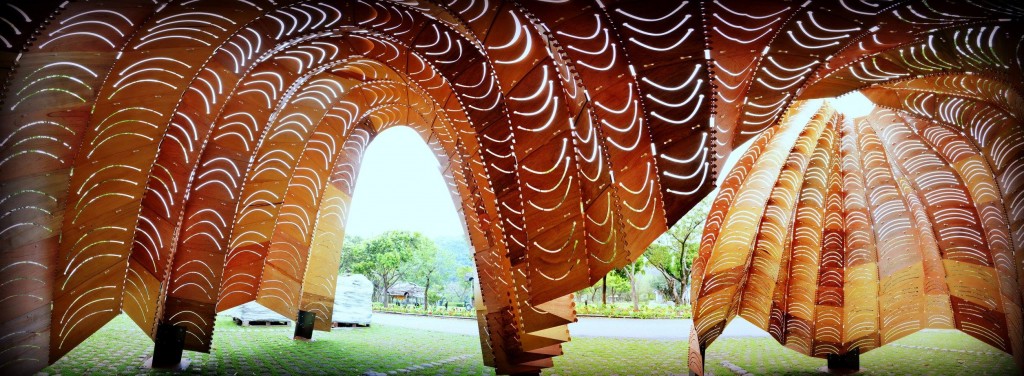
–蝶跡– Description: 蝶跡的設計啓發於蝴蝶幼蟲,生長成蝴蝶展翅瞬間的造型,以用於圍塑空間形態以及外觀紋理。在結構上也與蝴蝶翅膀振動為靈感之啓發,以最輕薄的木夾板去挑戰材料之彎曲性與結構性,進而產生動態平衡。另外在構造上運用電腦運算技術使複雜造型由416片單元組合而成,以極簡的拉鍊扣合做法連接單元與單元進而產生極複雜細部,在正反的拱肋結構演算下,整體重量平均分攤至7個底座,使整體結構輕量化。 實際走入蝶跡展示庭,空間經驗上,太陽撒入木板因彎曲曲度而刻畫的開口中,微風飄動過整體結構,結構體輕輕飄動而陽光如在樹蔭下似閃爍,就像蝴蝶翩翩起舞輕過留下痕跡一般優雅。
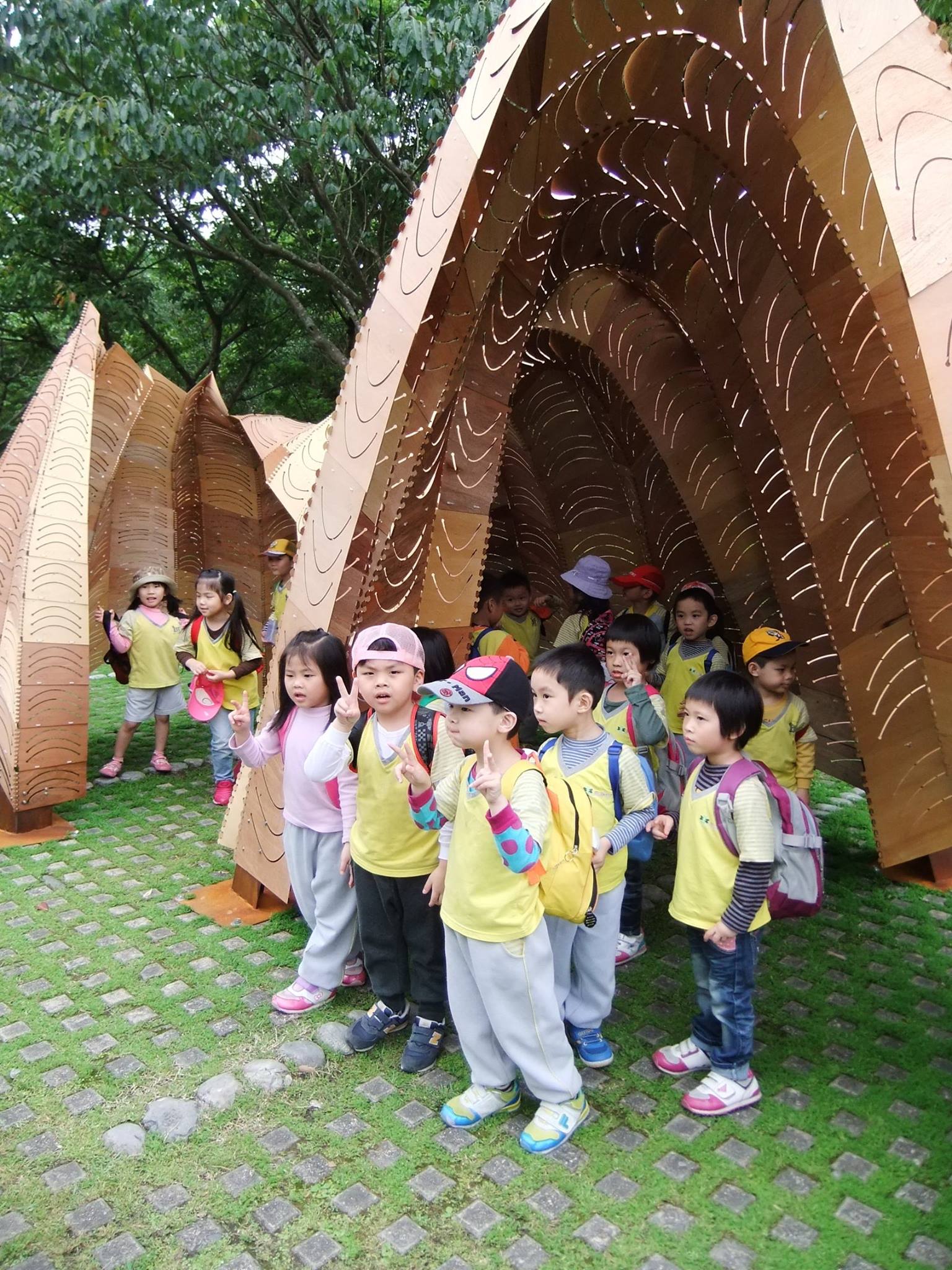
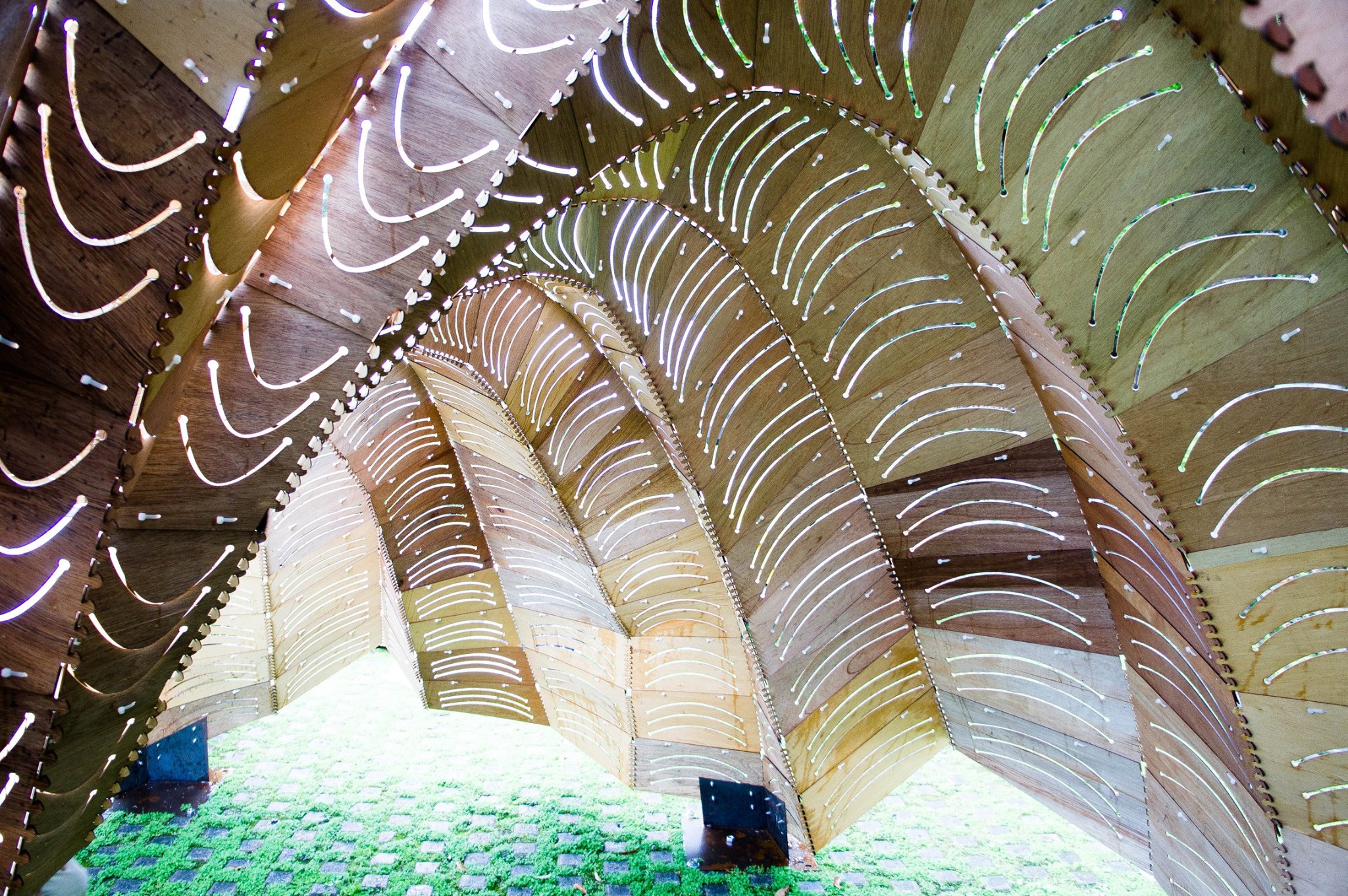

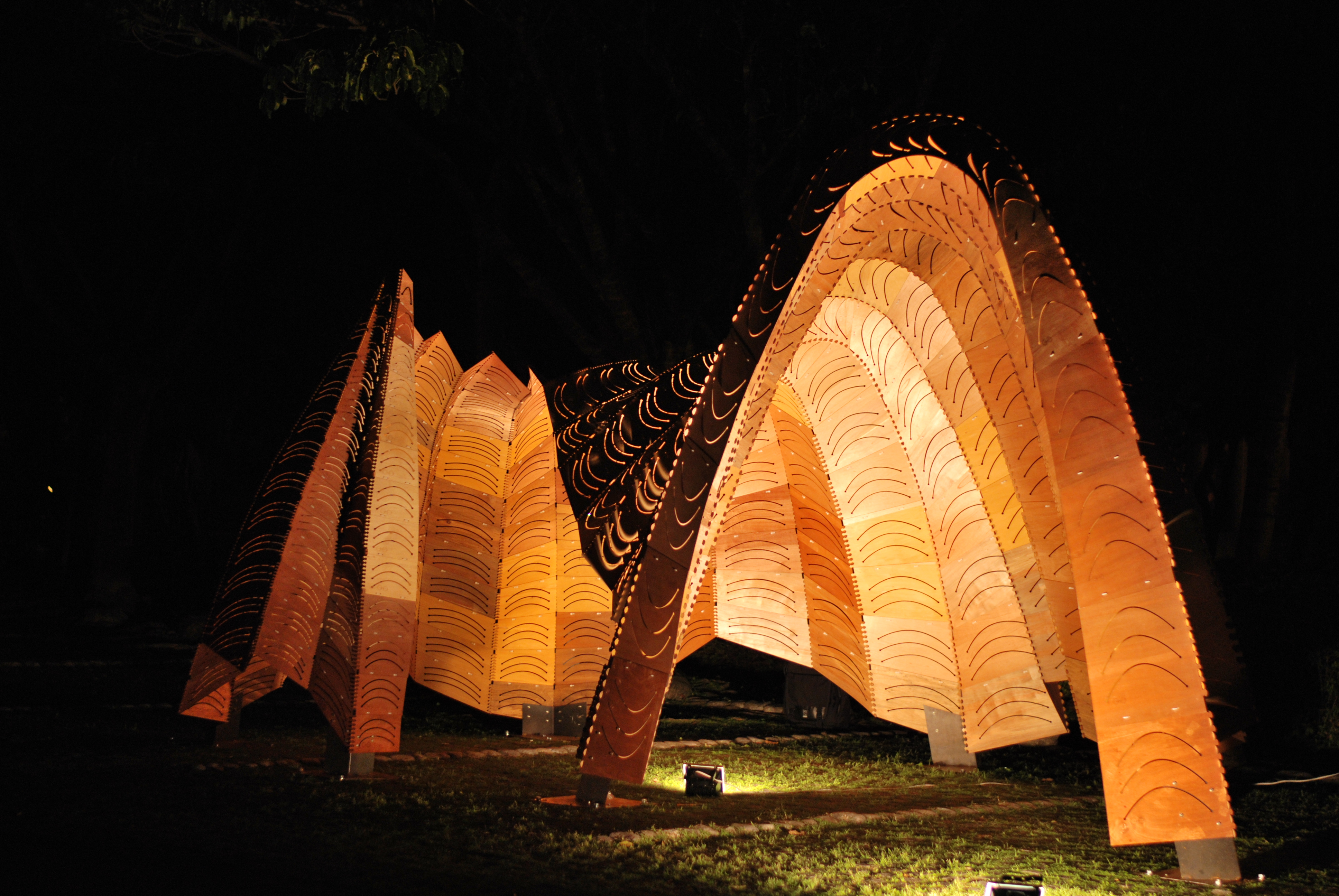
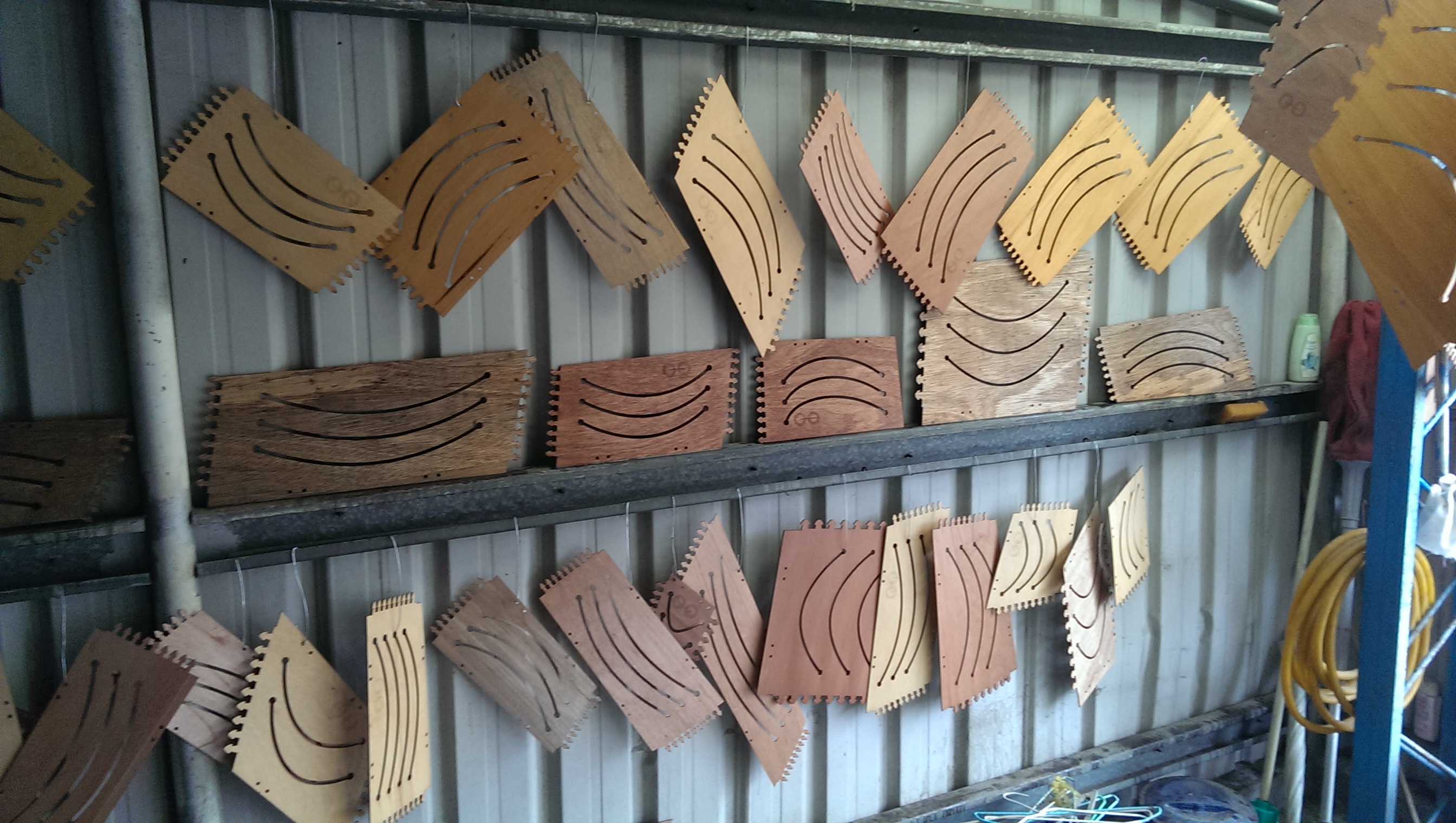
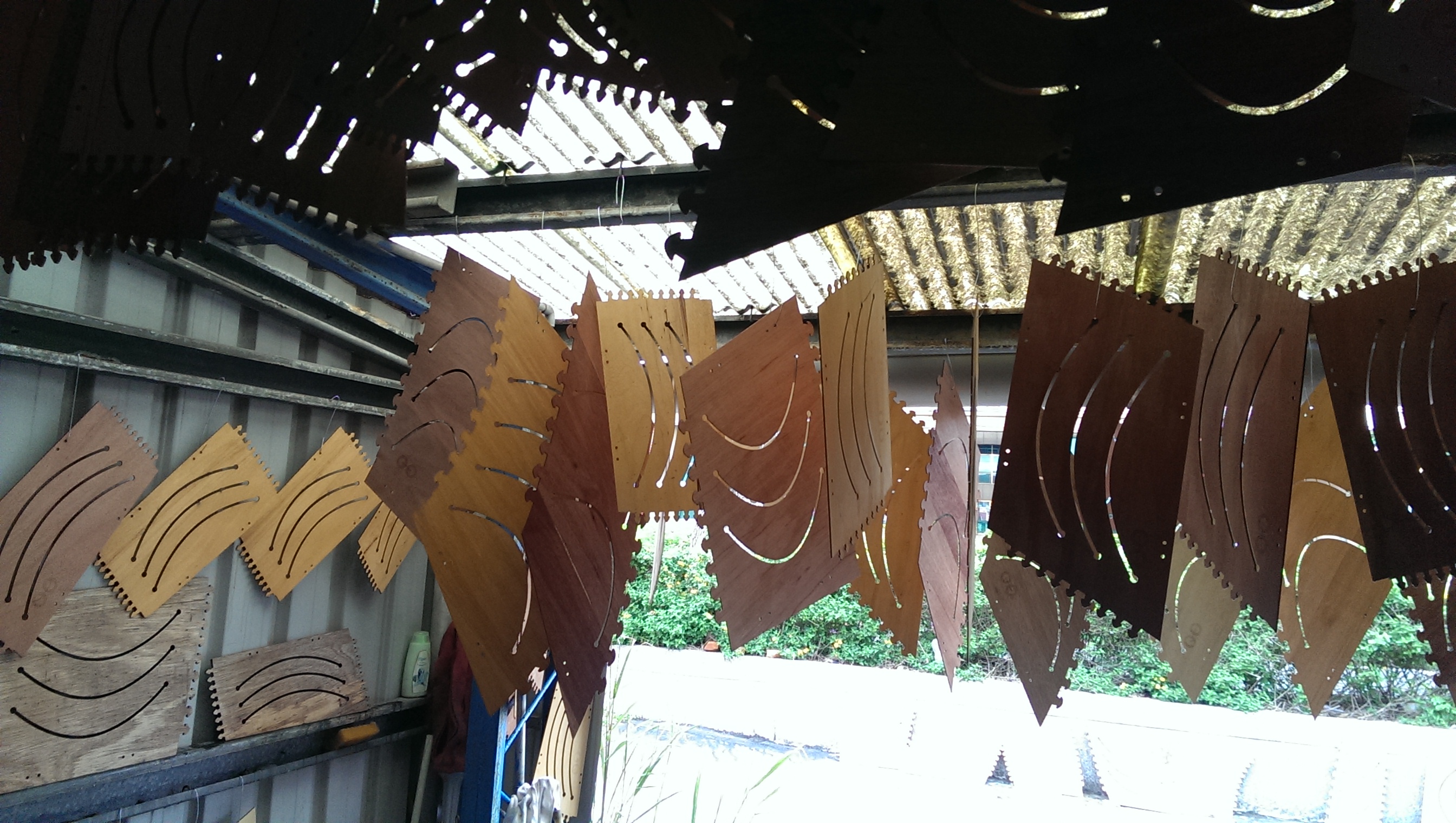
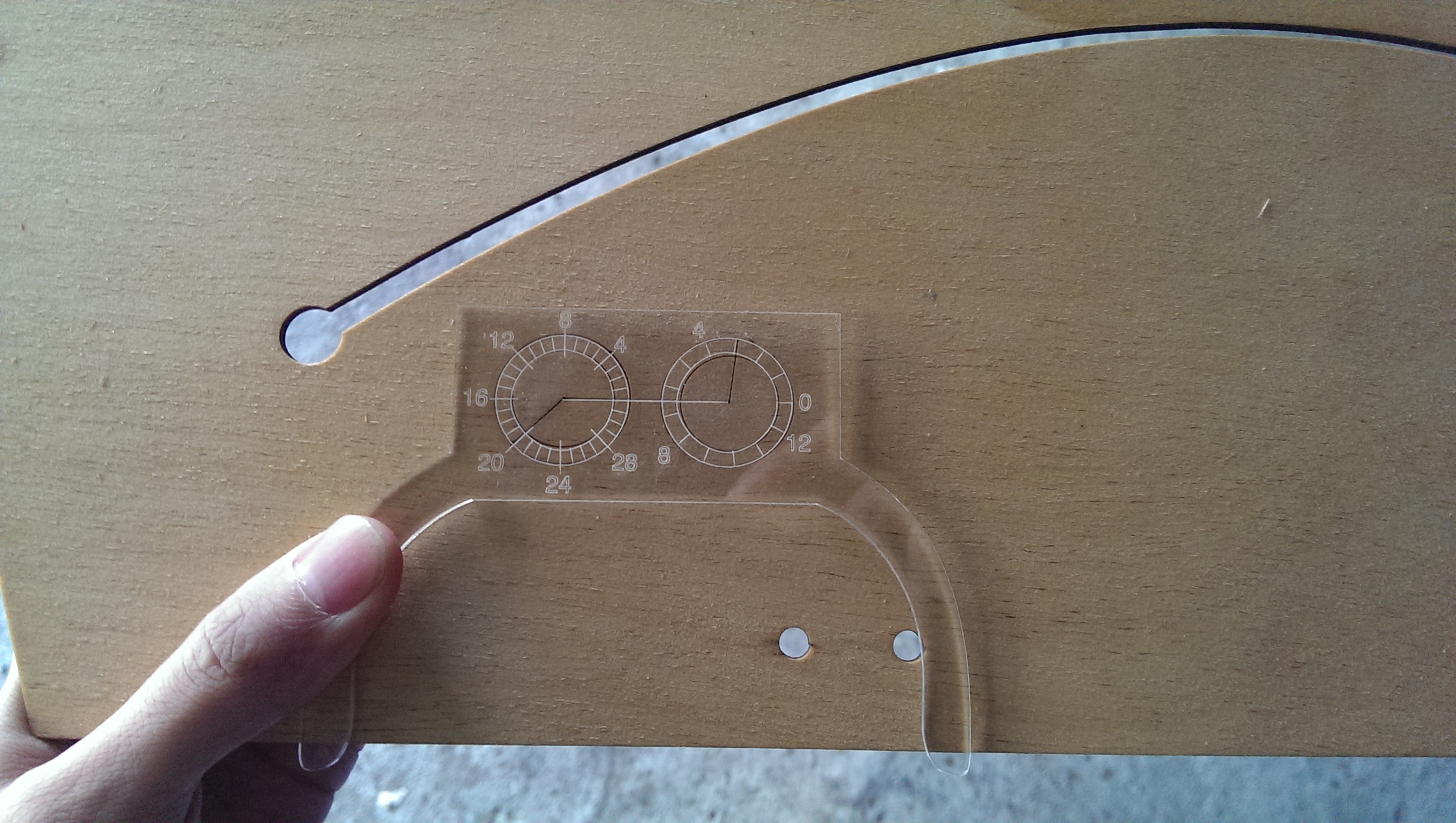
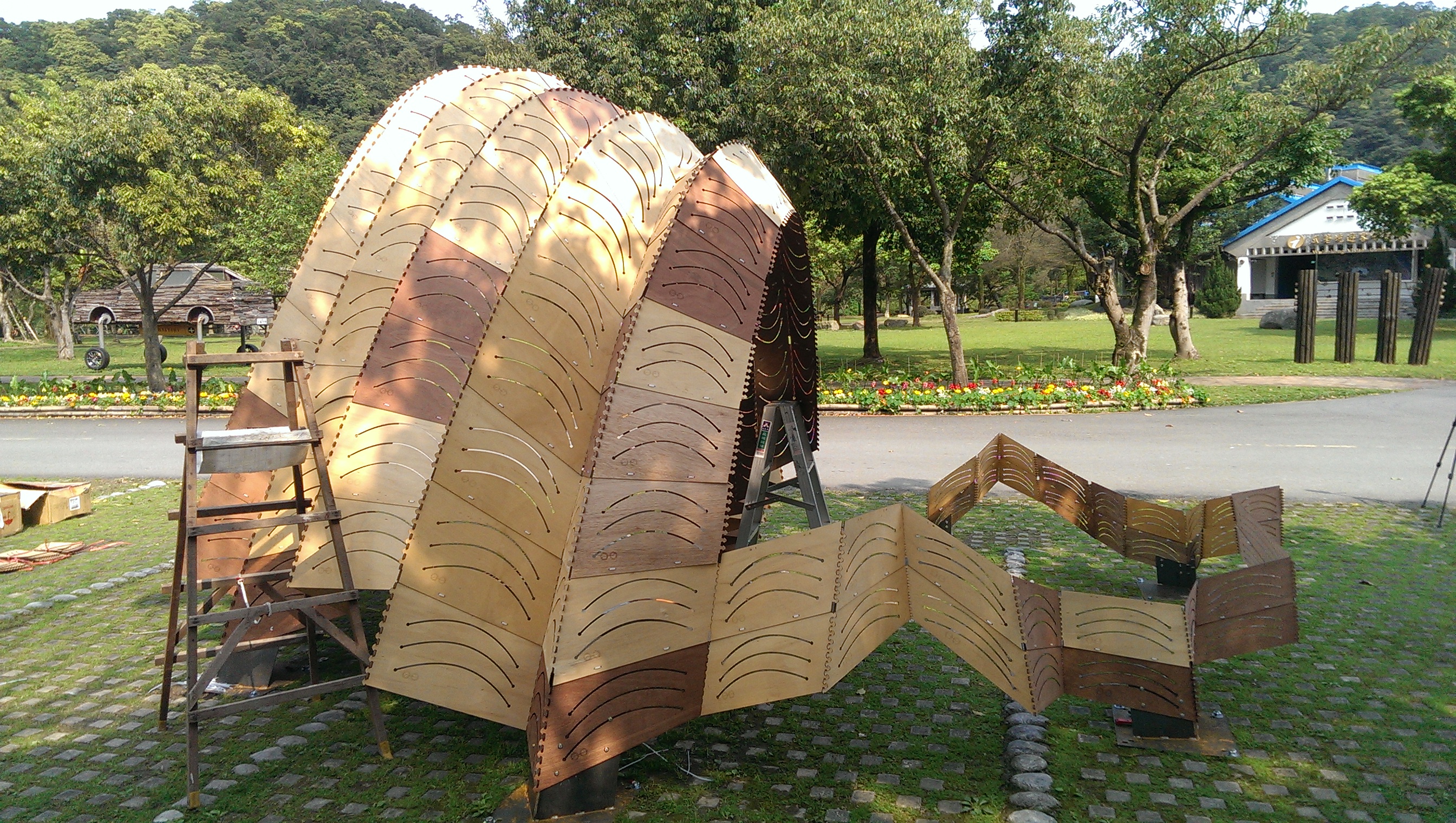
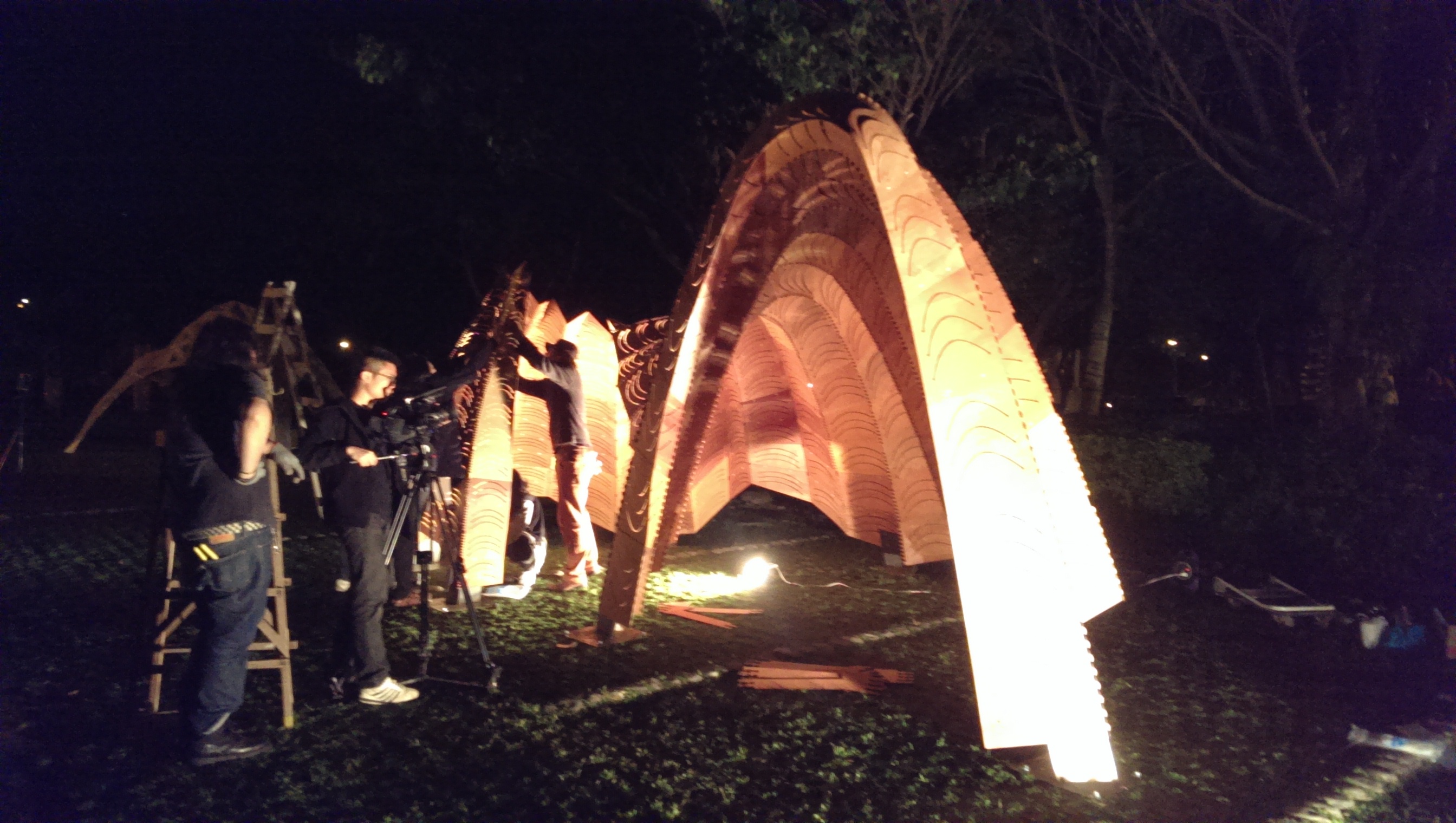
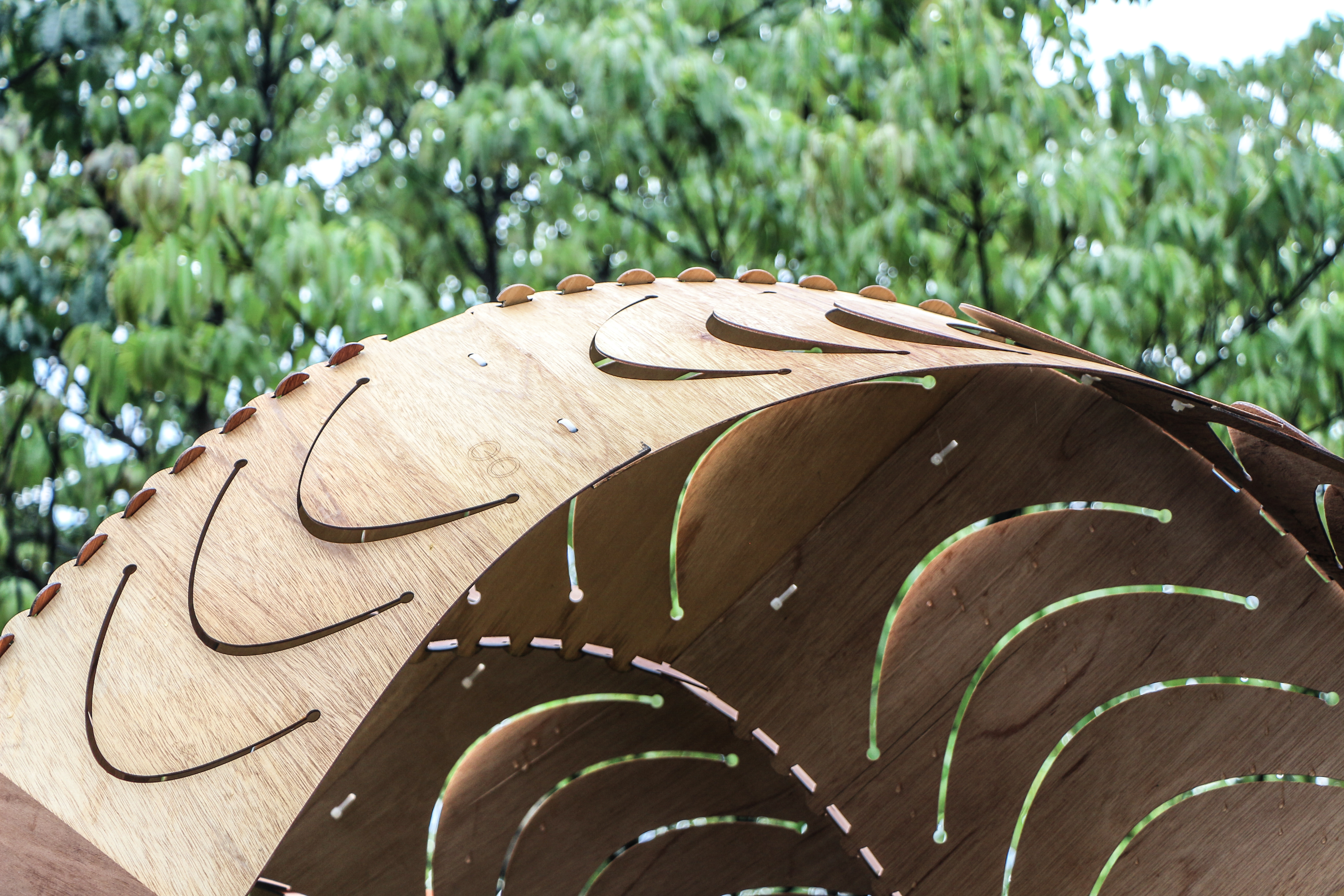
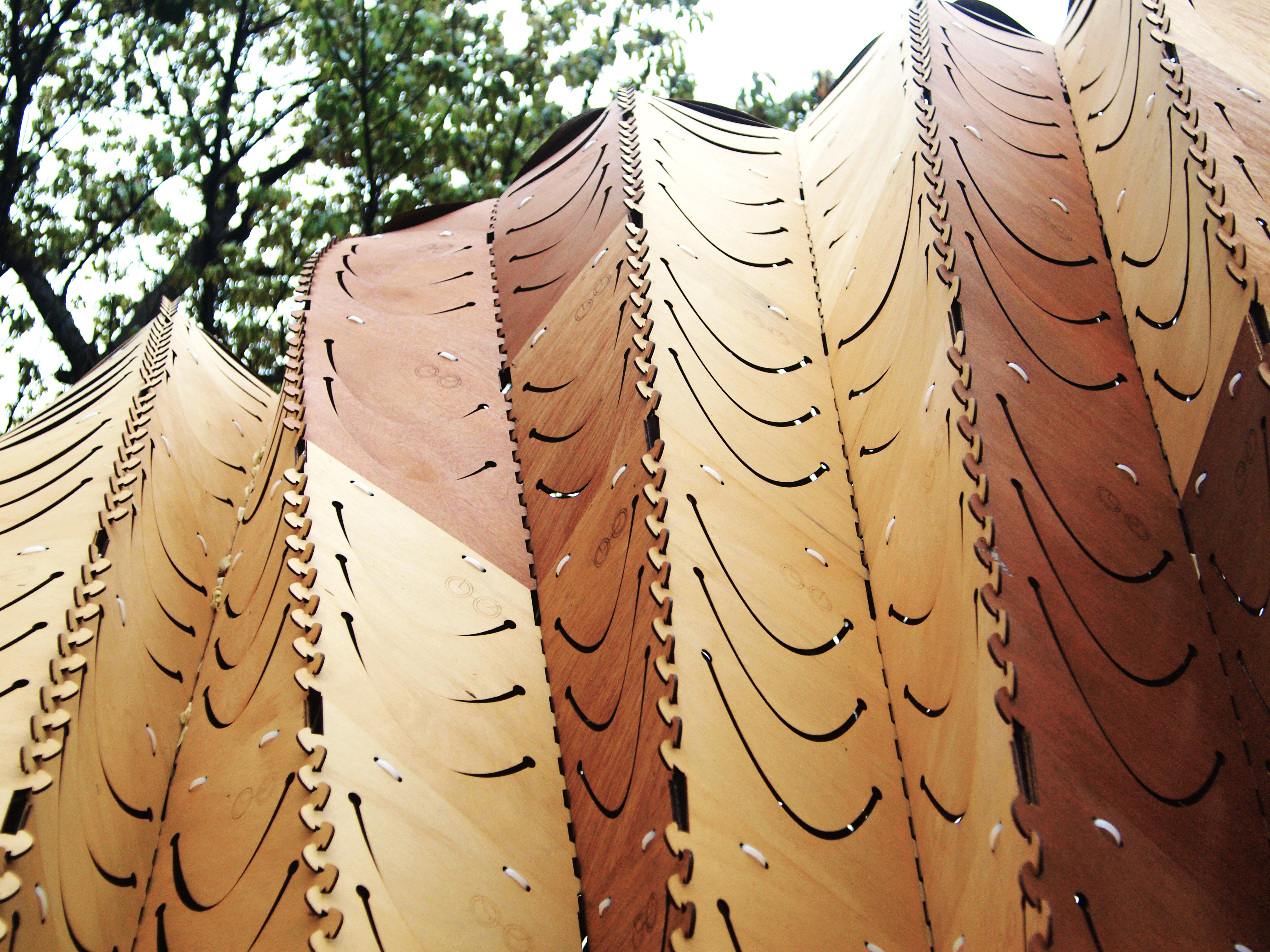
–pavilionButterflyEffect_Geometry– Not-found
–pavilionButterflyEffect_step01 Definition–

–pavilionButterflyEffect_step02 Definition–

–pavilionButterflyEffect_step03 Definition– Not-found
–pavilionButterflyEffect_step04 Definition– Not-found
–Geometry Size Selection Filter Python Code–
### --Written by Gene Ting-Chun Kao-- ###
import rhinoscriptsyntax as rs
ids = rs.GetObjects("select surfaces", rs.filter.polysurface)
area = rs.GetInteger("selected area limits", 10, 0)
rs.EnableRedraw(False)
print "Results: All", len(ids), "surfaces selected."
Count = 0
for i in ids:
b = rs.SurfaceArea(i)
if b:
if b[0] < area:
rs.SelectObject(i)
Count += 1
print "Results: Get", Count, "small objects."
rs.EnableRedraw(True)